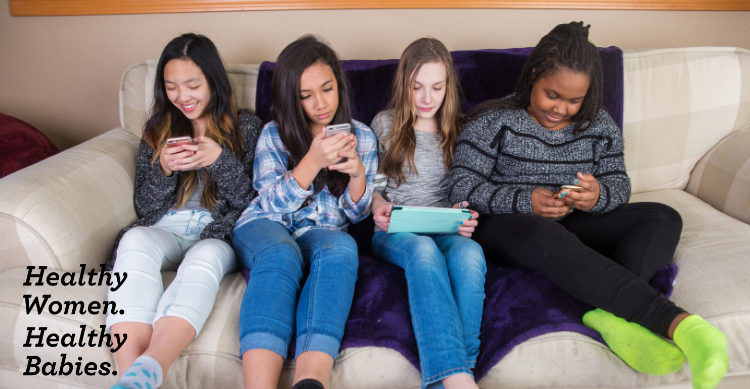By Carolina Boyd
Texas children are falling behind when it comes to physical activity. A recent report by U.S. Department of Health and Human Services recommends 60 minutes or more of daily moderate-to-vigorous physical activity for young people between the ages of 6-to-17. Unfortunately, 78.4% of Texas’ youths are not meeting that guideline.
Childhood and adolescence are important times for developing healthy habits as well as creating the foundation for health and well-being that will last a lifetime. Physical activity helps us maintain a healthy weight, reduces the risk for heart disease, controls sugar levels in people with diabetes, improves mental health, and reduces stress. It is important for children and teens to be physically active to gain all of these benefits.
“Learning to be physically active as a child is important, just like learning to read and do math,” said Legacy Community Health’s Chief Medical Officer Dr. Ann Barnes. “There is no magic switch that turns on when someone becomes 18-years-old that guarantees they will suddenly do all the right things when it comes to health. Good habits should start as early as possible in order to become a regular practice for life.”
Busy schedules and distractions are the biggest barriers to get kids moving. One of the biggest problems to getting and keeping children and teens physically active is screen time.
“Television, video games, and online streaming services are often more appealing than playing outside. Too much access to electronic devices crowds out time that could be spent on healthy activity. Screen time should be limited” said Barnes.
Many kids live in communities without access to sidewalks, trails, or green spaces like playgrounds and parks. Safety issues like poor street lighting or stray dogs make being physically active a challenge. Fortunately, there are ways parents can help their children and teens get regular physical activity.
“Parents and families can identify active transportation options that won’t feel like exercise, like biking or walking to and from school,” said Barnes. “In addition, Texas schools have Student Health Advisory Councils that provide a way for parents to request improved physical education (PE) offerings and in- classroom activity breaks.”
Community groups, like Healthy Living Matters and neighborhood associations, also provide ways to reach out to local officials about the need for neighborhood resources (like improved sidewalks, stray dog management and better lighting) in order to promote physical activity.
Talk to a Legacy Community Health provider about ways to help your child or teen become more physically active.

